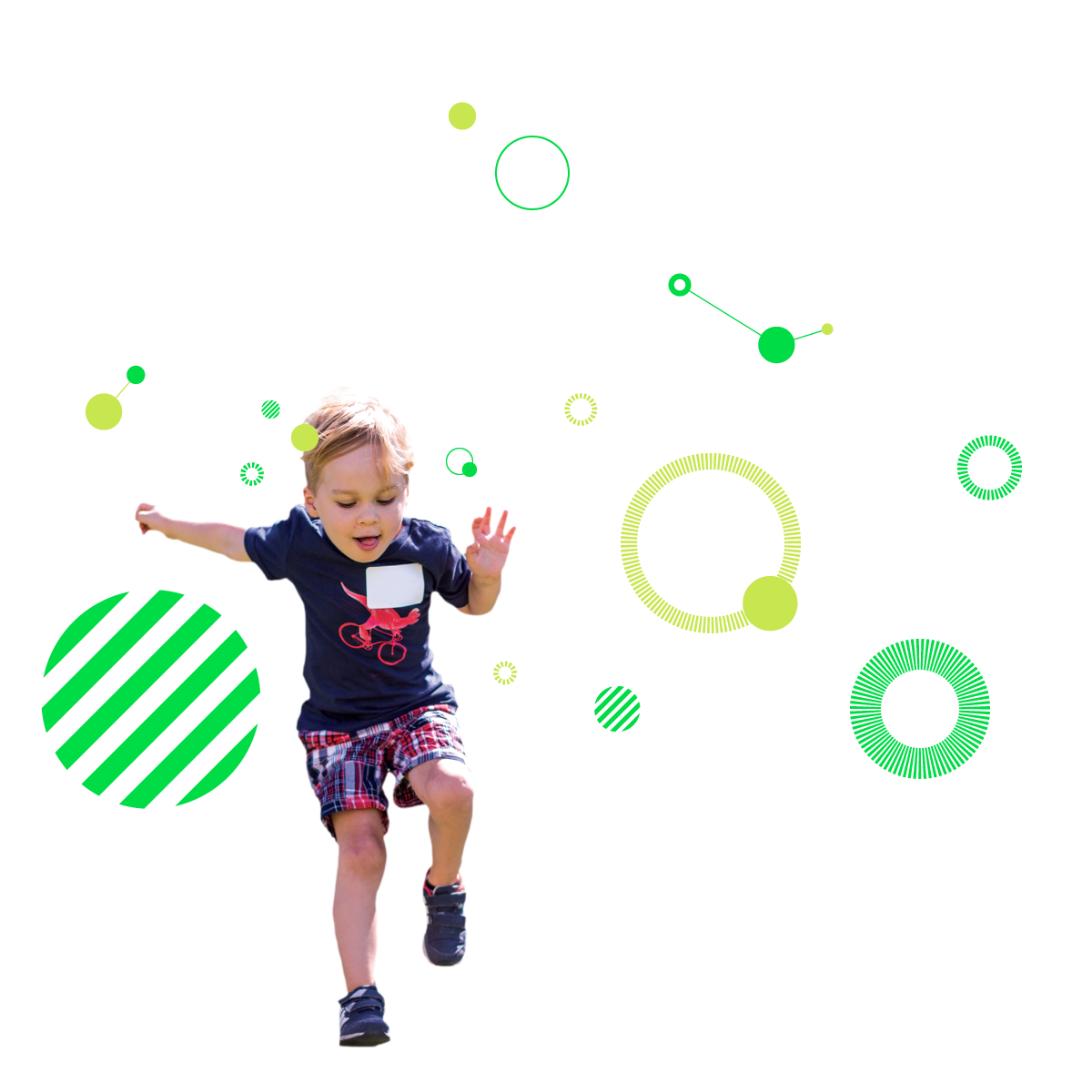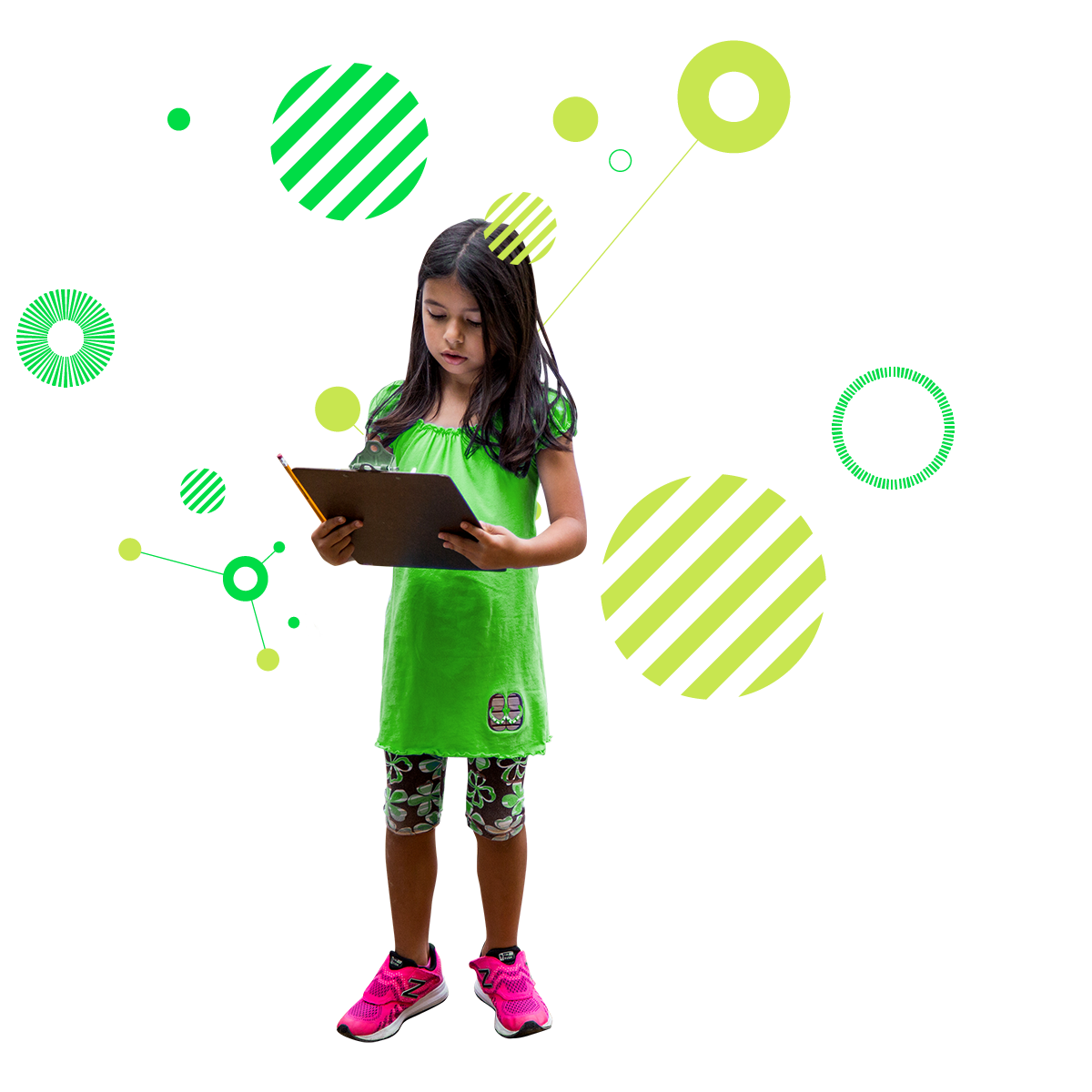Maintaining Dignity, Integrity, and Community in the Discipline Process
Discipline rooted in "learning" can help children find a positive sense of independence and identity. At Turning Point, we connect our Primary Montessori roots through the Elementary and Middle School years in order to honor each child’s individual path and nurture her/his sense of self-respect and responsibility. This holistic approach requires continual modeling, explicit teaching, and tireless encouragement of a growth mindset as children grow and develop within a community they hold dear.


































